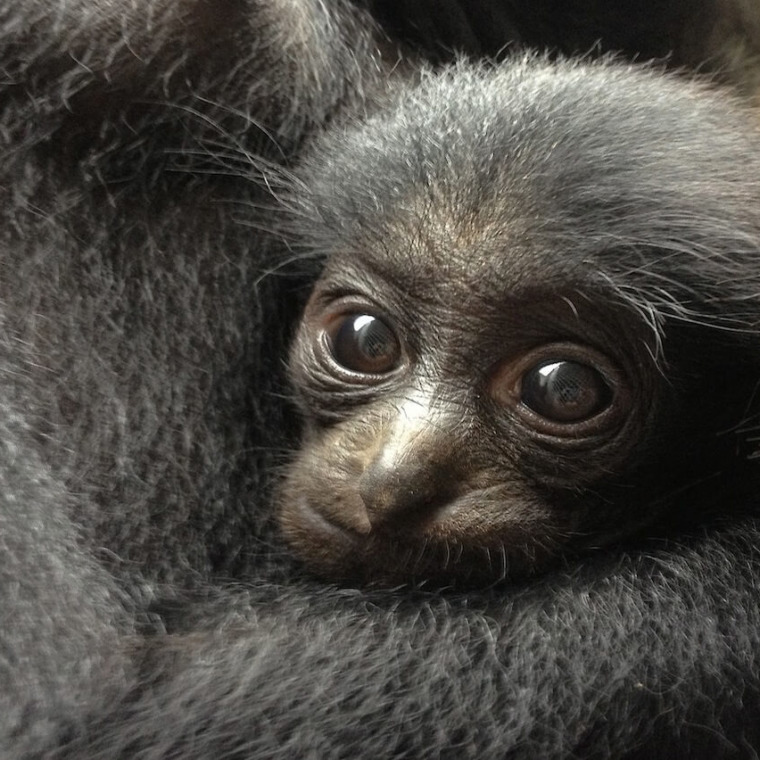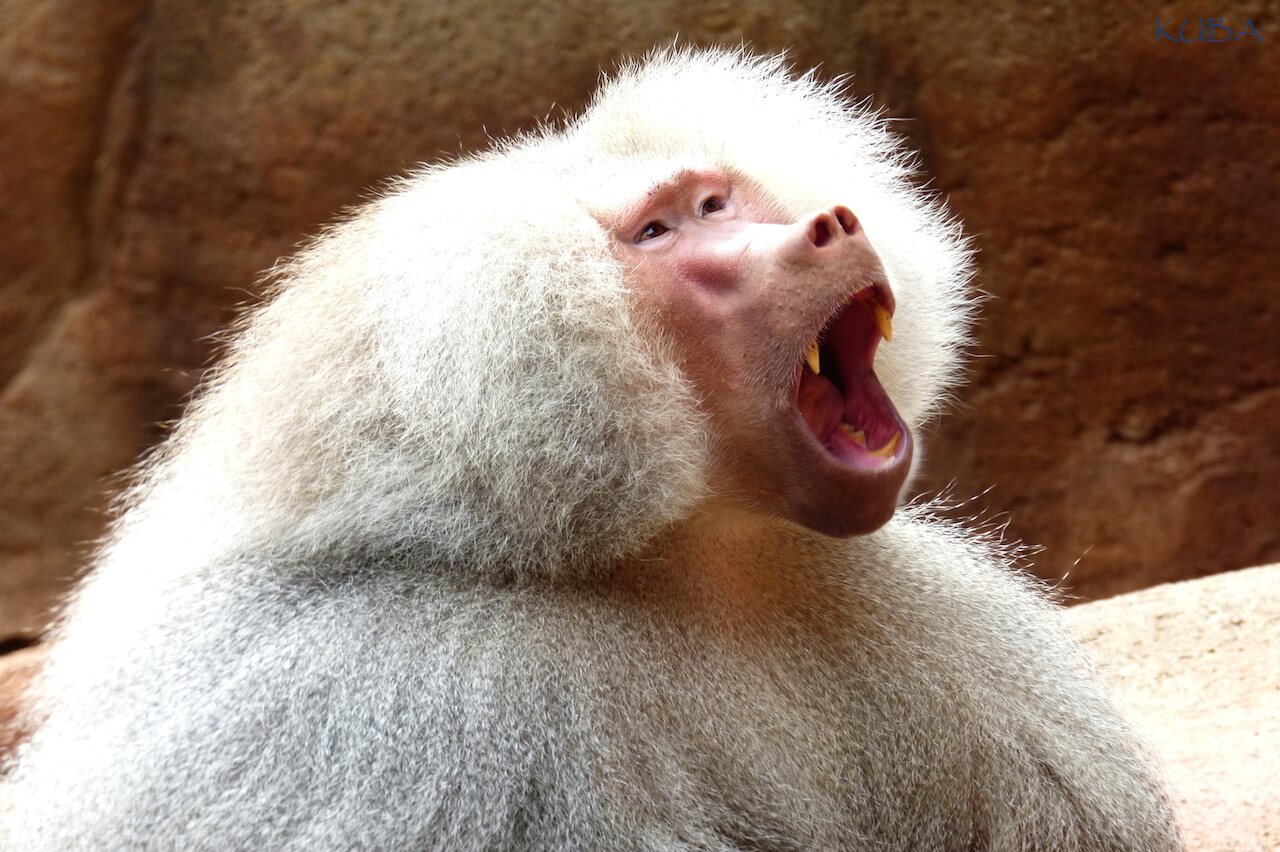papio hamadryas
Hamadryas Baboon
About Me
Scientific Name: Papio hamadryas
Description
Hamadryas Baboons are easily recognized by the thick silver-gray manes and red faces of the adult males. Females and juveniles lack such distinction. They possess elongated, rectangular muzzles that conceal large fangs several inches in length. Their posteriors possess large, red padding.
Fun Facts
- Dominant males of each family appear to respect the leadership roles of their fellow dominant males, and regularly coordinate with other family leaders every morning.
- Families are comprised of females and their young living under the protection of a single, dominant male, who is also tasked with maintaining the peace among family members.
- Kingdom: Animalia
- Phylum: Chordata
- Class: Mammalia
- Order: Primates
Hamadryas Baboons are easily recognized by the thick silver-gray manes and red faces of the adult males. Females and juveniles lack such distinction. They possess elongated, rectangular muzzles that conceal large fangs several inches in length. Their posteriors possess large, red padding.
Sacred Baboons are common throughout northeastern Africa, but are extinct in the Nile region and Egypt, where they originally received their name and were worshiped by the ancient Egyptians.
Families are comprised of females and their young living under the protection of a single, dominant male, who is also tasked with maintaining the peace among family members. Many families however, often associate with one another to form bands, which in turn further form up to create troops of dozens of baboons. Interestingly, especially among baboons, the dominant males of each family appear to respect the leadership roles of their fellow dominant males, and regularly coordinate with other family leaders every morning. Although males will fight fiercely over unclaimed females, females that are under the protection of rival males are given similar respect and courtesy. Males also tend to form strong kin bonds that extend through adult hood, even after they start their own families, and it is believed that females also maintain a strong kin relationship.
Dominant males normally monopolize reproductive rights with the females under their stewardship, however female trysts with follower males is not unheard of. These baboons breed throughout the year, and pregnancies last for about 172 days. Puberty occurs in males from 4-7 years old, and 4 years old in females. Females develop much faster than males and reach full size a little over 6 years old. For males, it is more drawn out and can take several years.
Sacred Baboons are considered a species of Least Concern. Despite being extinct in some of their former range, the wild population is actually increasing.
The Honolulu Zoo is home to three males: Clayton, Charles, and Amos. They were born roughly 3 years apart, with Clayton being the oldest in 2000, and Amos the youngest in 2006. Amos is still going through puberty and is noticeably less hairy than Charles and Clayton. As the youngest, Amos tends to be the most playful and loves his toys, however, his actions can become an annoying little brother. Clayton and Charles can be regularly found in front of the main viewing window.
Shefferly, N. (n.d.). Papio hamadryas (hamadryas baboon). Retrieved January 13, 2017, from http://animaldiversity.org/accounts/Papio_hamadryas/
Papio hamadryas . (n.d.). Retrieved January 13, 2017, from http://www.iucnredlist.org/details/16019/0
Other Mammals

Sacred Baboons are common throughout northeastern Africa, but are extinct in the Nile region and Egypt, where they originally received their name and were worshiped by the ancient Egyptians.

Bongo are most active at dawn and dusk, and often forage near the edges of wooded areas. They normally shy in the wild and flee into the forest for cover at the slightest provocation.

The North African crested porcupine is nocturnal. They are very adaptable and can be found in forests, on plantations, in rocky or mountainous areas as well as in deserts.

Sloths are found in Central and South America in the rain forest canopy. The Linne’s two-toed sloth is found in such countries as Nicaragua, Columbia, Venezuela, Surinam, Guyana, French Guiana, North Central Brazil, and Northern Peru.

Siamangs range through southeastern Asia and are found in some numbers in the Malay Peninsula and Sumatra.








